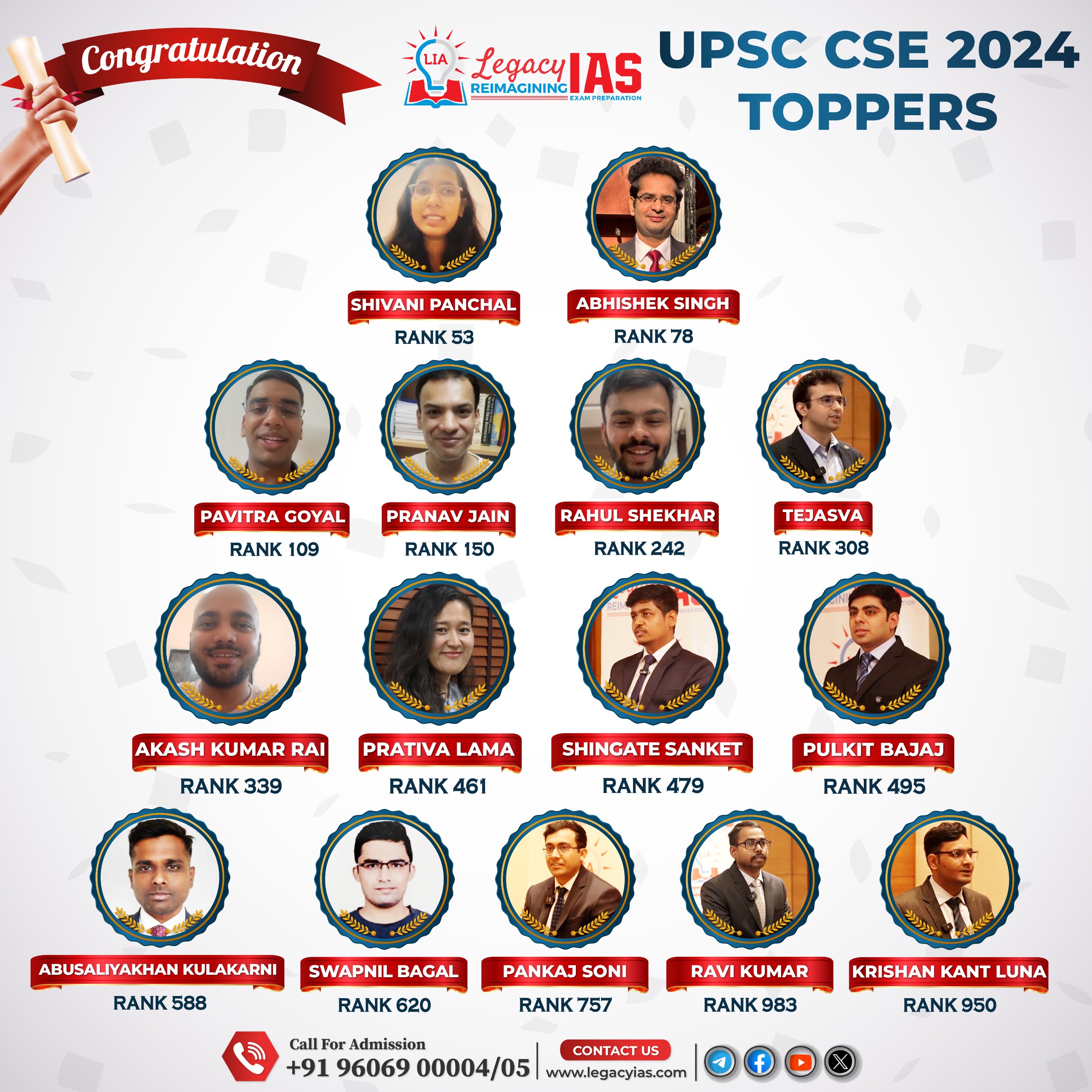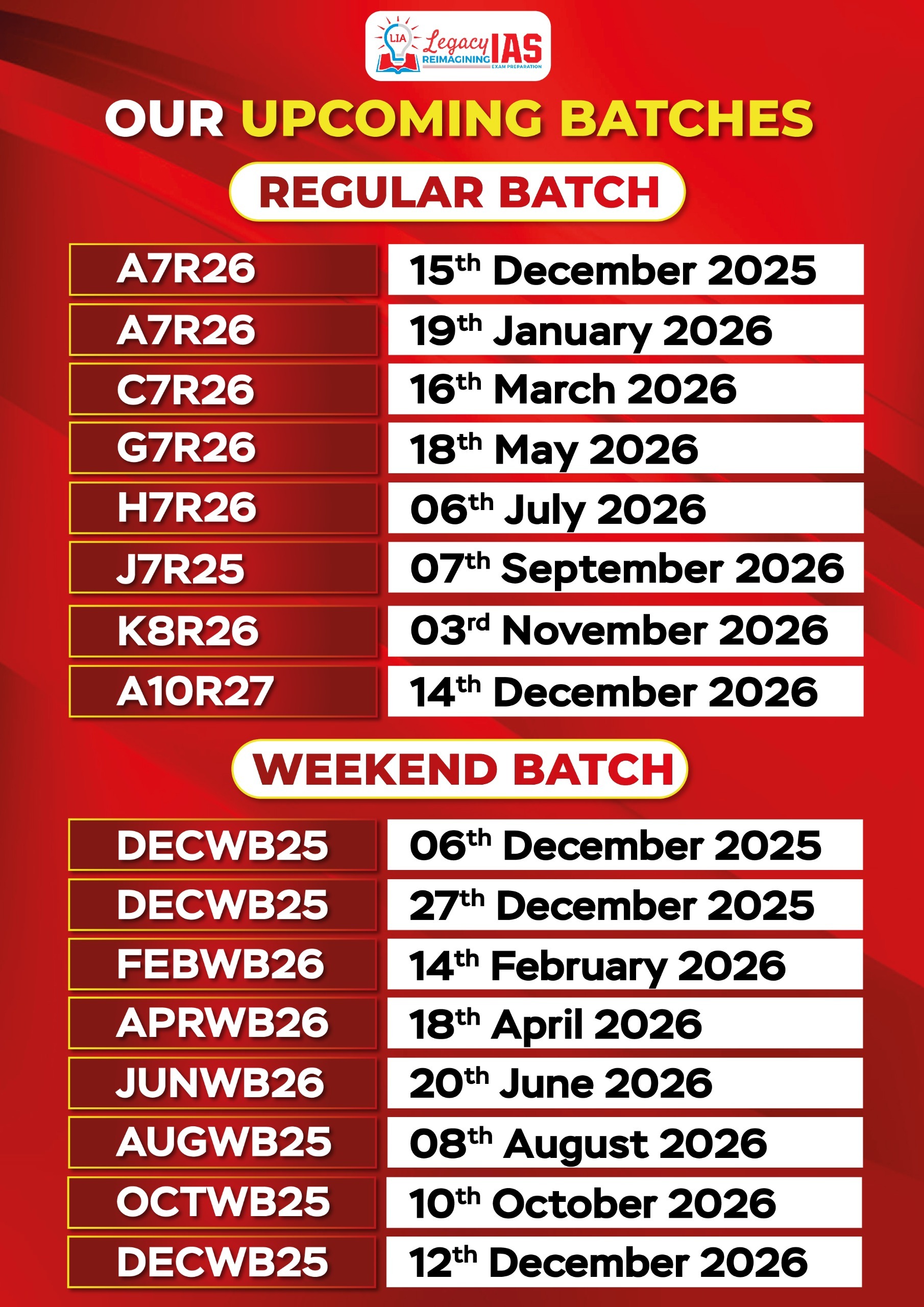Content:
- World Day of Social Justice – 20th February
- Innovate2Educate
World Day of Social Justice – 20th February
Context :
- World Day of Social Justice:
- Celebrated annually on 20th February since 2009, established by UNGA (2007).
- Emphasizes poverty alleviation, exclusion reduction, unemployment solutions, and promoting global solidarity and equality.
- Aligns with the Decent Work Agenda and SDGs for inclusive development.
- India’s Alignment:
- India has observed this day since 2009, reflecting its commitment to address historical injustices, socio-economic inequalities, and regional disparities.
- The Ministry of Social Justice & Empowerment (MoSJE) leads targeted interventions for marginalized sections.
Relevance : GS 2(Social Justice)
Constitutional Framework for Social Justice in India
- Preamble:
- Guarantees social, economic, and political justice and promotes fraternity, dignity, and equality.
- Fundamental Rights (Part III):(Examples)
- Article 23: Prohibits human trafficking and forced labour.
- Article 24: Bans child labour in hazardous occupations.
- Directive Principles of State Policy (Part IV):
- Article 38: Directs the state to minimize inequalities in income, status, facilities, and opportunities.
- Article 39: Advocates for equal livelihood opportunities and prevents exploitation.
- Article 39A: Provides for free legal aid to ensure equal access to justice.
- Article 46: Promotes the educational and economic interests of SCs, STs, and weaker sections.
Institutional Evolution & Financial Commitment
- MoSJE Formation:
- Originated from the Ministry of Welfare (1985-86); renamed as MoSJE (1998) for focused social justice efforts.
- Budget Allocation:
- ₹13,611 crores allocated for 2025-26, a 6% increase from the previous fiscal year to expand.

Key Government Initiatives & Their Impact
Pradhan Mantri Anusuchit Jaati Abhyuday Yojana (PM-AJAY)
- Launched: 2021-22 | Focus: SC community upliftment through skill development, infrastructure, and income generation.
- Achievements (till Jan 2024):
- 5,051 villages declared as Adarsh Gram.
- 1,655 socio-economic projects benefiting 3.05 lakh individuals.
- ₹26.31 crore allocated for 38 hostels in higher education.
Scheme for Residential Education for Students in High Schools in Targeted Areas (SRESHTA)
- Objective: Bridge educational gaps for SC students in targeted regions.
- Features:
- Financial support to private schools (CBSE/State Board-affiliated).
- Coverage from Classes 9 to 12 with focus on residential schooling.
- Backed by NGOs/VOs for broader outreach.
Purple Fests – Festival of Inclusion
- Initiated: 2023 | Focus: Promote inclusivity for Divyangjan (persons with disabilities).
- Key Highlights (2024):
- Over 10,000 participants, enhancing visibility of disability rights.
- Launch of India Neurodiversity Platform for early interventions.
- Hosting of 25 job fairs targeting disability-friendly employment.
National Action for Mechanised Sanitation Ecosystem (NAMASTE)
- Launched: FY 2023-24
- Objective:
- Ensure dignity and safety for sanitation workers through mechanization and rehabilitation.
- Key Features:
- Targets both manual scavengers and waste pickers (since FY 2024-25).
- Focus on skill training and livelihood diversification.
Support for Marginalized Individuals for Livelihood & Enterprise (SMILE)
- Aim: Achieve Bhiksha Vritti Mukt Bharat (Begging-free India).
- Strategies:
- Area-specific surveys, rescue operations, and vocational training.
- Formation of Self-Help Groups (SHGs) for sustainable livelihood.
- Impact (as of Nov 2024):
- 7,660 individuals identified; 970 rehabilitated with alternative livelihoods.
PM-DAKSH Yojana
- Launched: August 2021 | Budget: ₹450.25 crore (2021-26).
- Target Groups: SCs, OBCs, EBCs, DNTs, Safai Karamcharis.
- Focus:
- Provide skill development through certified courses.
- 70% placement rate post-training with emphasis on self and wage employment.
Nasha Mukt Bharat Abhiyan (NMBA)
- Launched: August 2020 | Goal: Create a drug-free India.
- Coverage: Targets 272 high-risk districts.
- Three-Pronged Approach:
- Supply reduction: Coordination with NCB.
- Demand reduction: Awareness via MoSJE.
- Treatment: Through healthcare institutions.
- Outreach (till 2024):
- Reached 13.57 crore people, including 4.42 crore youth and 2.71 crore women.
Challenges & Way Forward
- Persistent Issues:
- Deep-rooted caste discrimination, regional inequalities, and limited access to quality services.
- Social stigma remains prevalent among certain marginalized groups.
- Way Forward:
- Enhancing awareness to reduce discrimination.
- Effective implementation of schemes at grassroots levels.
- Strengthening public-private partnerships for inclusive development.
- Focus on intersectional vulnerabilities (gender, disability, caste, and economic status).
Innovate2Educate
Overview:
- Part of the Create in India Challenge Season 1 under WAVES (World Audio Visual & Entertainment Summit).
- Focuses on AVGC-XR (Animation, Visual Effects, Gaming, Comics, Augmented Reality, Virtual Reality, Metaverse).
- Organizers:
- Ministry of Information and Broadcasting (Lead Organizer)
- Indian Digital Gaming Society (IDGS) (Co-organizer)
- Hack2Skill (Innovation Partner)
- ICT Academy (Skilling Partner)
- Participation: 334 candidates registered (including 3 international participants).
Relevance : GS 2(Education ) ,GS 3(Technology)
Objectives of the Challenge
- Develop an educational handheld device targeting children.
- Key Focus Areas:
- Engage children in Mathematics learning.
- Encourage problem-solving through interactive puzzles.
- Enhance cognitive skills via innovative content.
- Ensure affordability and accessibility for a broad user base.
Competition Guidelines
- Design Focus:
- Blend education with entertainment.
- Prioritize innovation, durability, and user-friendly designs for children.
Phases of the Competition
- Phase 1: Registration
- Deadline: 23rd February 2025 (11:59 PM IST).
- Participants must register online through the designated platform.
- Phase 2: Concept Submission
- Submit detailed sketches, descriptions, and key features of the proposed device.
- Phase 3: Prototype Development
- Selected participants will develop and submit a working prototype.
Evaluation Criteria
- Innovation: Originality and creative integration of technology.
- Educational Value: Effectiveness in teaching mathematics and improving cognitive abilities.
- User Experience: Engagement level and ease of use for children.
- Cost-effectiveness: Feasibility of mass production at an affordable cost.
- Durability & Design: Robustness and practicality of the device’s structure.
Incentives and Rewards
- Top 3 Winners:
- Cash prizes for creative and innovative designs.
- Support for prototype development to refine designs.
- Showcasing opportunities at IDGS events and exposure to potential investors and manufacturers.
Significance of the Challenge
- Encourages innovation in educational technology.
- Promotes hands-on learning and interactive education for children.
- Aligns with India’s digital transformation goals and the Make in India initiative.
- Fosters collaboration between academia, industry, and innovators to enhance the learning ecosystem.



